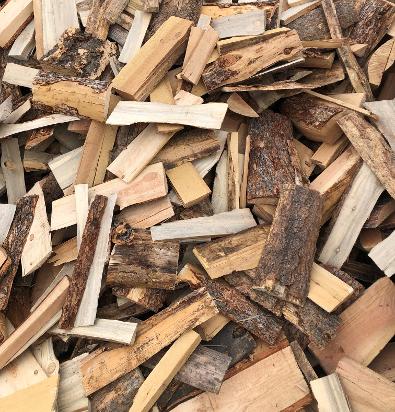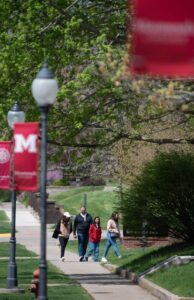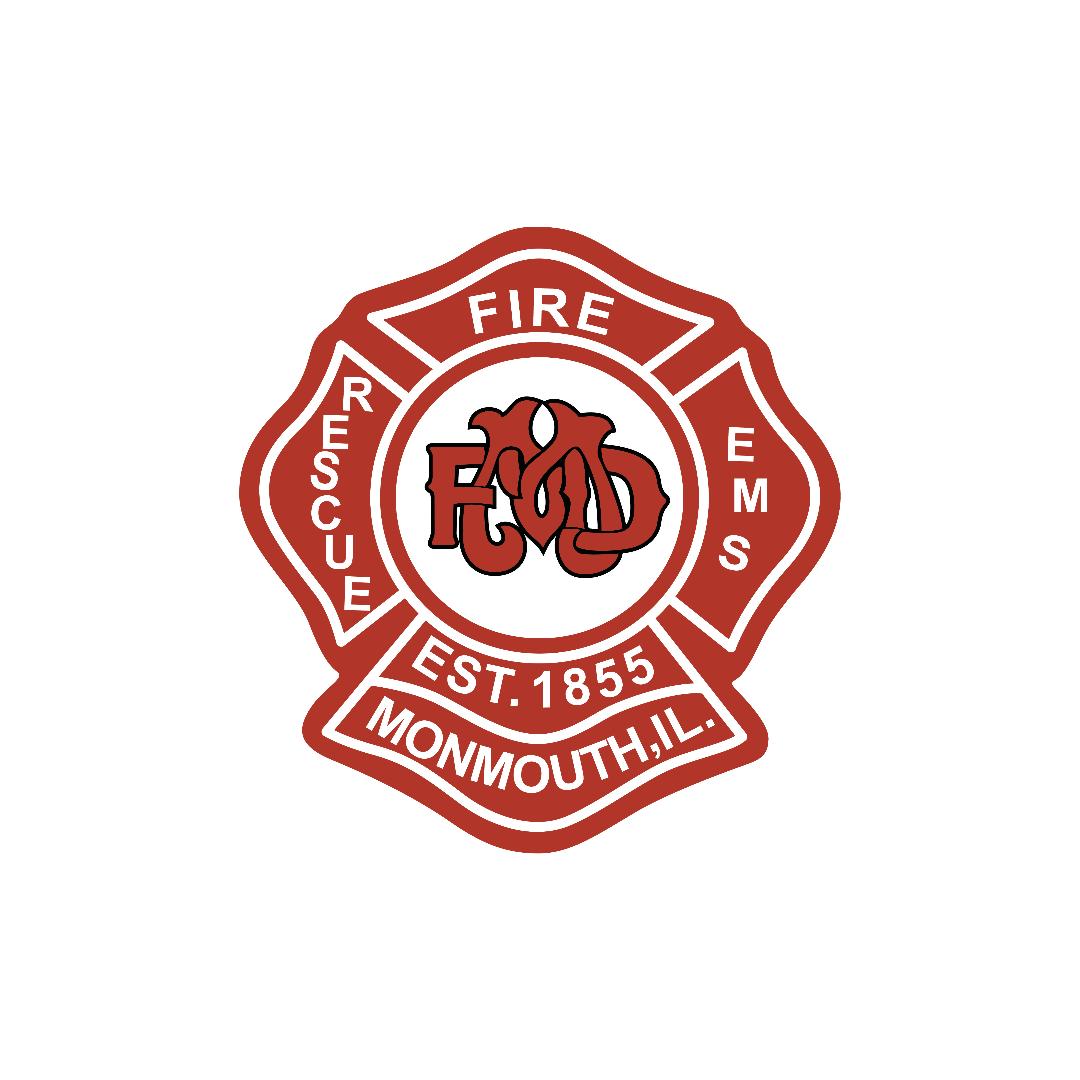If there is one certainty for all humans is that we are drawn to natural elements. Two of the best examples are how we can become transfixed when looking at fire or water. Scientists have studied this effect and shown that our brains reduce stress chemicals when we are staring at a fire, water, or plants. This must be why a widespread tradition as the weather cools is to invite friends over to sit around a fire. It is bonfire season!
Surveying middle-aged dads in my immediate surroundings, we all agree that fires are great. Moreso it seems like a fire brings everyone out. With fires, young kids are like moths to a flame. My wife enjoys finding fall-themed mixed drinks to sip around a fire. What’s in an apple pie cocktail? I don’t know but it is delicious. I’ve even seen a bonfire bring out the reclusive teenager to sit and socialize with family. It’s like magic!
In the Midwest, sharing firewood is common. If someone cuts down a tree, they often offer the extra firewood to friends. However, there are important considerations when sharing firewood. What species of tree was it? Did it die from a disease that can spread? I thought this article was going to be about mixed drink recipes to be enjoyed around a bonfire.
Time for me to toss the wet blanket on your bonfire dreams. Moving firewood very often can result in the movement of tree pests and diseases. Let’s look at a northern red oak (Quercus rubra) that was recently cut down after it died from a disease known as oak wilt. Oak wilt is caused by the fungus Bretziella fagacearum, and it leads to the rapid death of oak species in the red oak group. Often within a year, an oak will go from healthy to dead. Oak species in the white oak group can also be infected but the disease progresses much slower in these trees.
I have seen a significant rise in oak trees dying from oak wilt in the McDonough County area. These trees are often massive, mature shade trees. Leaving behind piles of wood and debris after the chainsaw is silenced. However, the oak wilt fungus is not dead, even in the cut wood. In red oak species such as northern red oak, pin oak, scarlet oak, and more, a fungal mat develops beneath the bark. If an infected oak tree is cut in the fall, by next spring the stacked firewood is teaming with the oak wilt fungus waiting for an insect to come and spread it to other nearby oak trees.
Recently, I have seen oaks succumb to oak wilt and then firewood from those trees shared across the community, further ensuring the spread of oak wilt.
While we are still reeling from Emerald Ash Borer (EAB), it is important to note that this pest spread so well because of moving firewood. And there is more than EAB and oak wilt. Indiana IDNR notes there are 140 known pests and pathogens that can spread in firewood. This all leads to Illinois Extension’s recommendation of “Don’t Move Firewood.”
Not all of us have a forest in our backyard to harvest firewood. So, what is suggested for those who need to purchase firewood for their backyard weenie roast?
- Buy firewood locally, ideally less than 50 miles away.
- Ensure firewood is debarked, heat-treated, or kiln-dried.
- Don’t transport firewood to second locations like summer houses or campgrounds.
- Burn firewood where you buy it.
Now that we have our lesson for the week out of the way, we can go back to sipping our apple pie cocktails around our fire fueled by locally sourced and treated firewood. Knowing we are doing our best to limit the spread of devastating tree pests and diseases to our neighborhoods. Cheers!
Good Growing Tip of the Week: Debarking is the removal of all bark and the outermost ½ inch of wood. Debarking is the least effective option because some pathogens and insects are not affected by this treatment. Heat treatment or kiln drying are considered the most effective methods.
SOURCE: Chris Enroth, University of Illinois Extension, Horticulture Educator, cenroth@illinois.edu or 309-837-3939
***Courtesy of the University of Illinois Extension***















